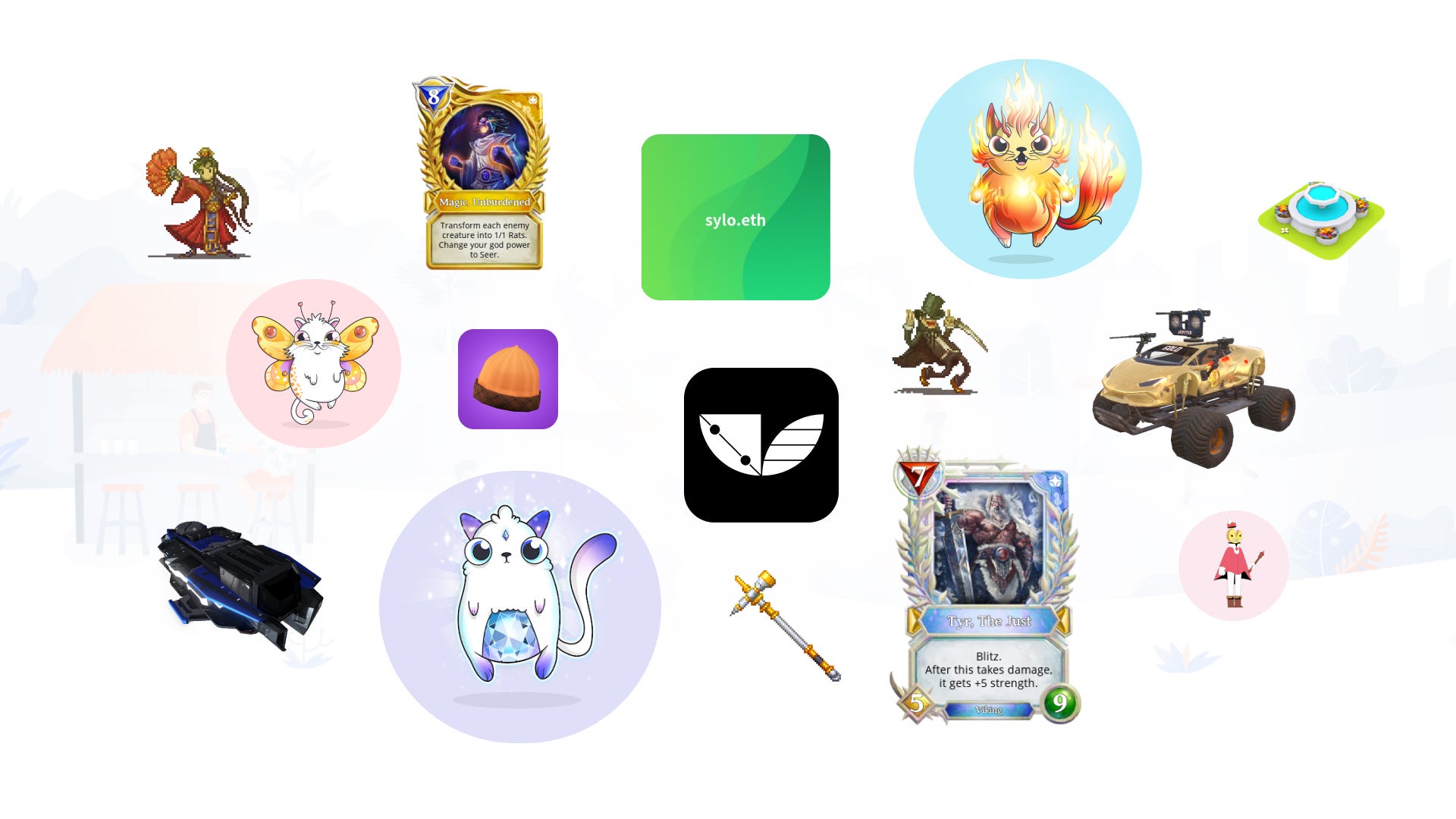Ownership has been, is, and always will be a focus for politics and business. More recently, technology is challenging the concept, especially by probing what digital ownership looks like, is, and how it acts. Blockchain technology is at the forefront of this.
Blockchain has had a bumpy ride so far. It entered discourse at the margins followed quickly by the promise of fundamentally altering the relationships of everyday citizens, big business, and governance. It had a utopic aura, that faint, washed light which accompanies hallelujah. The public and experts haven’t been as receptive as some would’ve expected or wished for.

One of the notable ways its exposed itself to the public sphere is through cryptocurrency, which has become a key topic of conversation in wider popular culture and not just technology since the end of 2020 and the beginning of 2021 with Bitcoin’s price continuing to break records and ceilings and the GameStop and Dogecoin drama. Now, more and more amateur investors are purchasing Bitcoin, Ethereum, and other cryptocurrencies instead of the more traditional option of stocks. The difficulty is, though, that no government recognises any cryptocurrency as legal tender, which bitcoin programmers will be happy with (as it has no desire to become centralised and regulated by central authorities) but, also, complicates its integration with society as no major retailor or store accepts it yet, limiting its scope as a tender and restricting to being an “asset”. However, Elon Musk’s Tesla has announced that customers are now able to purchase their vehicles with Bitcoin. It’s edging towards normality.
Cryptocurrency’s existence as a purely digital asset is important to the larger question of digital ownership. Especially with regards to digital real estate and non-fungible tokens which are utilising blockchain technology.

Brief History of Digital Ownership
There are two key points of note in history of digital ownership: website domains and streaming.
Website domains are, in essence, real estate. Businesses have to purchase domain names. It’s how they’ll be found online. It’s not the only way, of course, due to the advancements of SEO and other marketing and advertising practices, but it’s an important piece. As with any physical business, a website needs to be found. Language is the corner-plots and square-footage. Some have sold for millions of dollars. Business.com currently holds the record at $345M. Ownership of these names and “plots” is paramount for being visited.
Streaming is more recent development which has significantly altered ownership. Customers pay subscription fees which enable them to access a catalogue of creative products – music, films, TV shows, and books, for instance – but only as long as subscription fees are paid. Some services enable free access but customers have to contend with adverts. Nothing was owned by fans and the audience. The product could be available one day and be removed the next.
Decentraland
Digital real estate is heading into a new realm. There are investors purchasing parts of digital, simulated worlds for thousands of dollars. Blockchain technology provides investors with a certificate of ownership, essentially. They are banking on these worlds becoming more populated in the future, which will see the value of their plots increase yielding a high ROI.
Decentraland is another example of this kind of movement. It’s a fully decentralised virtual world, where the key smart contracts and assets are owned by a decentralised autonomous organisation (which is where stakeholders vote to make decisions for their business, with the weighting of votes dictated by their shares, and for which). Players can enter the world and offer in-game services, create products, just simply involve themselves in the social workings. Trading is prevalent. As with the above mentioned digital real estate, those within the world own their space. They make money within their plot and with the apps and parcels they build and trade.
Non-Fungible Tokens

Non-fungible tokens (NFTs) have been making headlines recently as a digital collage was sold for $69M usd. Other instances include gifs of sporting moments being sold for thousands of dollars and digital trading cards going for similar prices. Kings of Leon released their most recent album on streaming services and as an NFT. What are they? NFTs are unique pieces of data which can’t be duplicated. It seeks to offer artists a direct-to-fan option which cuts out the middle-person in transactions and means fans own media. Importantly, though, artists can make money from selling parts of their songs to be used as samples or covers, and it guarantees that every use is noted and revenue is directed to the original creator.
What blockchain enables is for owners – original or current – is access to continuous access to revenue and, also, transparency and legitimacy, where waters can’t be muddied and relationships are clearer.
